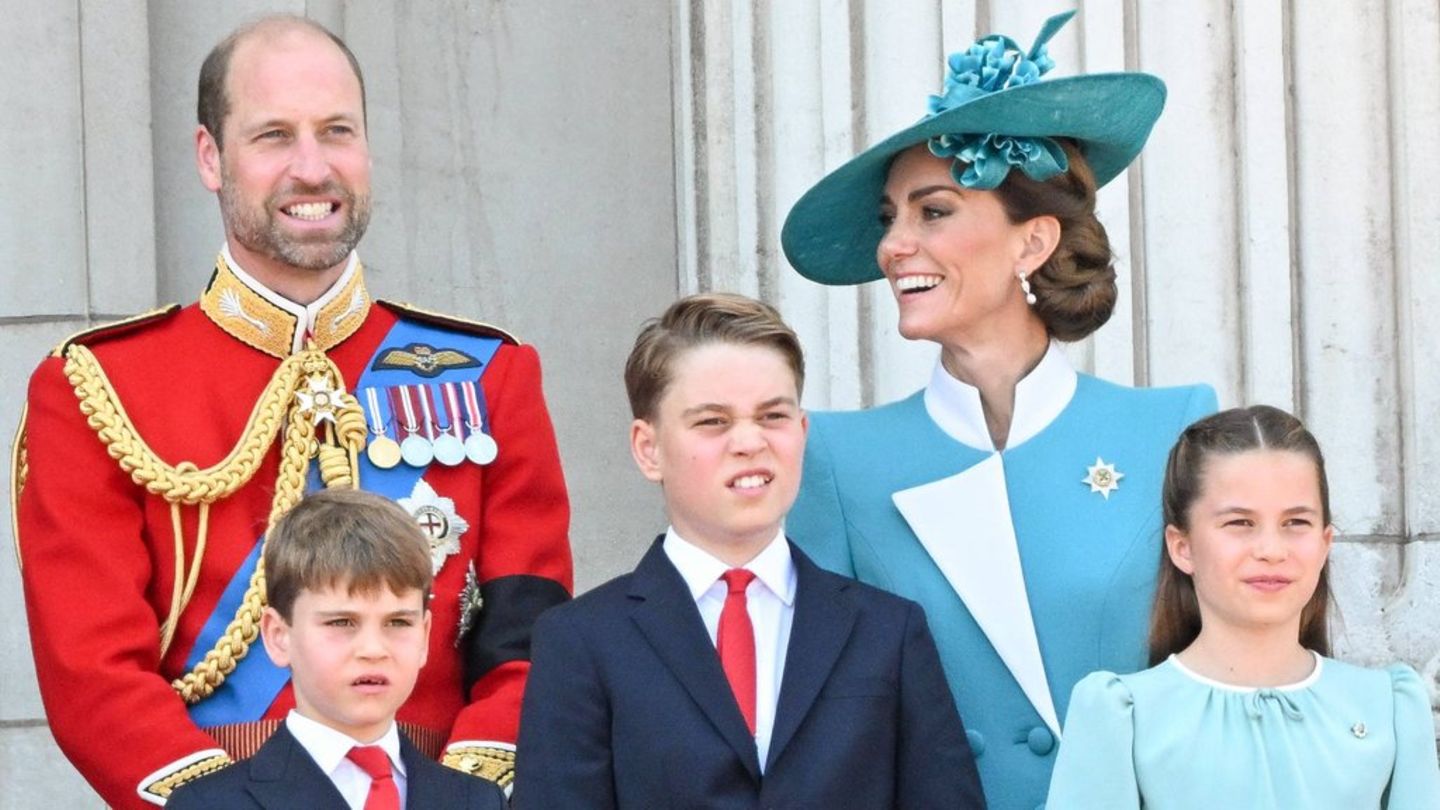Therefore, when we consider the need to unlearn something that we already have incorporated, in some way we are trying to erase something that is in us. It’s possible? The image of the movie “Eternal Sunshine of the Spotless Mind” comes to mind, in which the protagonists erase their memories. Is this feasible? At the moment, no. On the other hand, it is possible to resignify what we learned and, in addition, value what brought us here. Perhaps it is no longer useful to us, however, what we learned in the past allowed us to get to where we are today – even if it has brought us headaches, we also learned from that -. In fact, thanks to that acquired learning, we realize that today we need to go one step further.
Let us remember, as I always say, that we are being -we are not- and everything is dynamic. What I learned 10 years ago may no longer serve me today because I am a different person; however, at that time it helped me grow and get to where I am.
step by step learning
Stage 1: Unconscious Incompetence
The first stage is when we don’t even know that we don’t know something; that is, we do not even know of its existence. For example, my friend Paul, who was born in the United States, wanted to learn Spanish a few years ago, and while he knew he didn’t know Spanish and wanted to study it, what wasn’t even within the range of things he didn’t know was that we have different verb moods and tenses.
Stage 2: Conscious Incompetence
It is the moment in which the person already knows that he does not know all that. That is, he is aware that there are a lot of things that he does not know. It is the stage of greatest learning. Continuing with our example, when Paul started taking Spanish classes he discovered that our language is made up of different moods and complex verb tenses. That which before he did not even know that he did not know, now, at least, he knows that it exists – although he has not yet learned it.
Stage 3: Conscious Competence
This is the instance in which we begin to incorporate, still with some effort and attention, the knowledge. We begin to put them into practice, to pass them little by little through our emotions, through our body. For Paul it was the moment to start speaking in Spanish and put together coherent sentences. At the beginning -at this stage- he thought about each word that he was going to say, he analyzed what verb tense corresponded to express himself correctly.
Stage 4: Unconscious Competition
This is when we already have the learning incorporated and it seems that it comes naturally to us. It is an automatic knowledge. It is when we no longer think about how to do each thing because, simply, it is there and it comes out. In Paul’s example, after much practice, one day he found himself speaking without stopping to mentally anticipate his next word or sentence. He began to flow with what he already had incorporated.
Therefore, if we wanted to unlearn, we should go back from stage 4 to stage 2. Is it possible? We can go back to stage 2 to move forward, again, with a new perspective. However, the acquired knowledge will remain with us, whether we want to put it into practice again or not. In the case of my friend Paul, for example, when he traveled to Spain he realized that although he knew how to speak Spanish, some expressions were outdated or too formal to use in his everyday conversations. Did this mean that he should unlearn them, erase them? Well no! Only that he needed to relearn some expressions, or when he should use the ones he knew and when he didn’t. In short, resignifying part of his knowledge from this new context in which he found himself. An excellent example of this is when you know how to drive a manual car and you go to an automatic one.
So, I find it more interesting and useful that, instead of focusing on “unlearning”, we can focus on learning to (re)learn.
Because we are constantly being, moving, learning, relearning, with new needs, desires and desires. Learning to learn is today the best tool we can count on. And that was evident in recent years. Therefore, I propose that, from now on, instead of asking you how much do i know about this“, you start to think”how much more can/am I willing to learn”.
When you change the focus and move away from what I know (stage 4), where your comfort zone is, and you position yourself in the “how much am I capable of learning”you are going back to stage 1 or 2, which allows you to open up to the learning zone and the world of things you don’t know you don’t know.
Degree in Communication UBA, and Professional Ontological Coach
Source: Ambito




